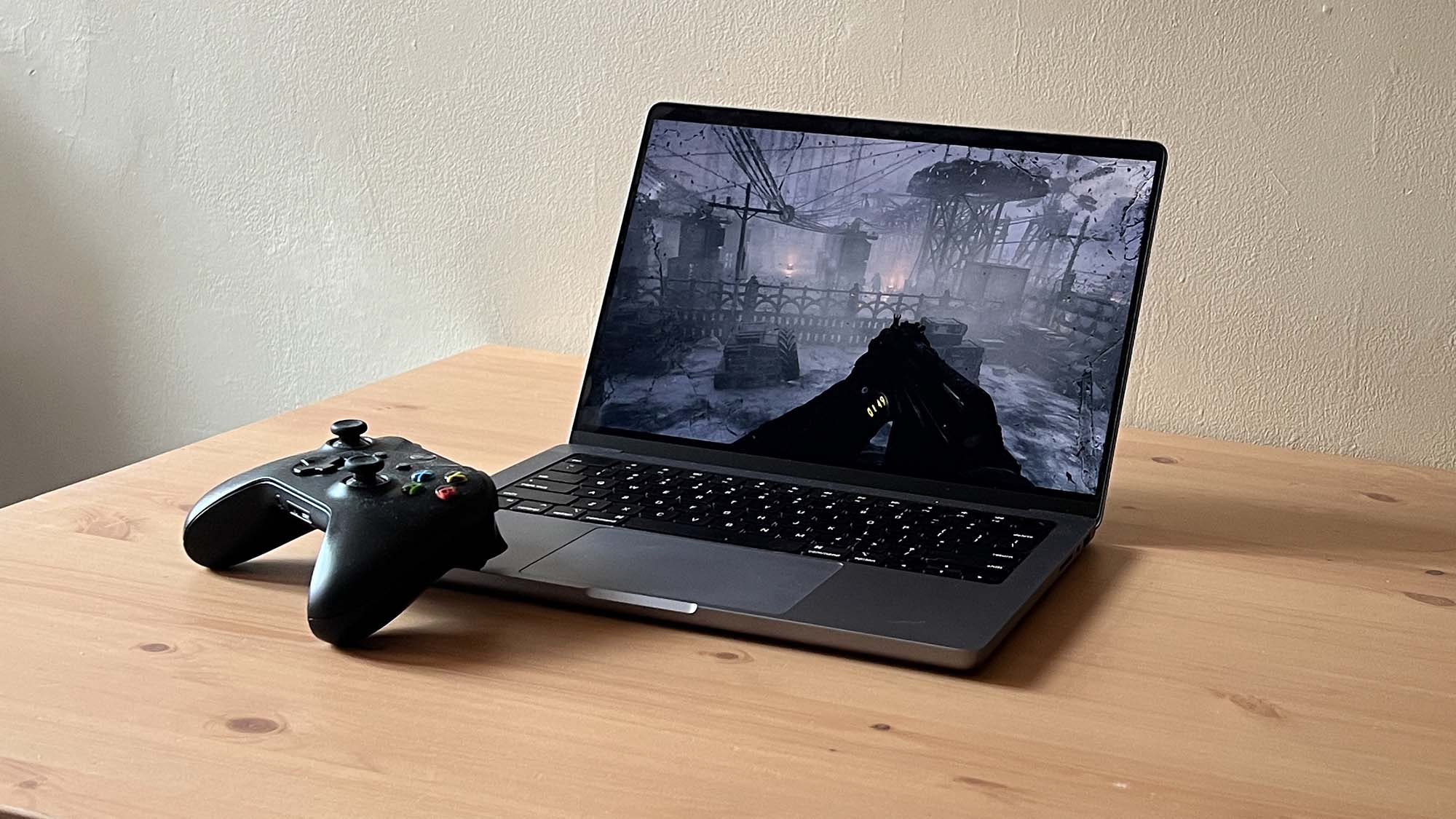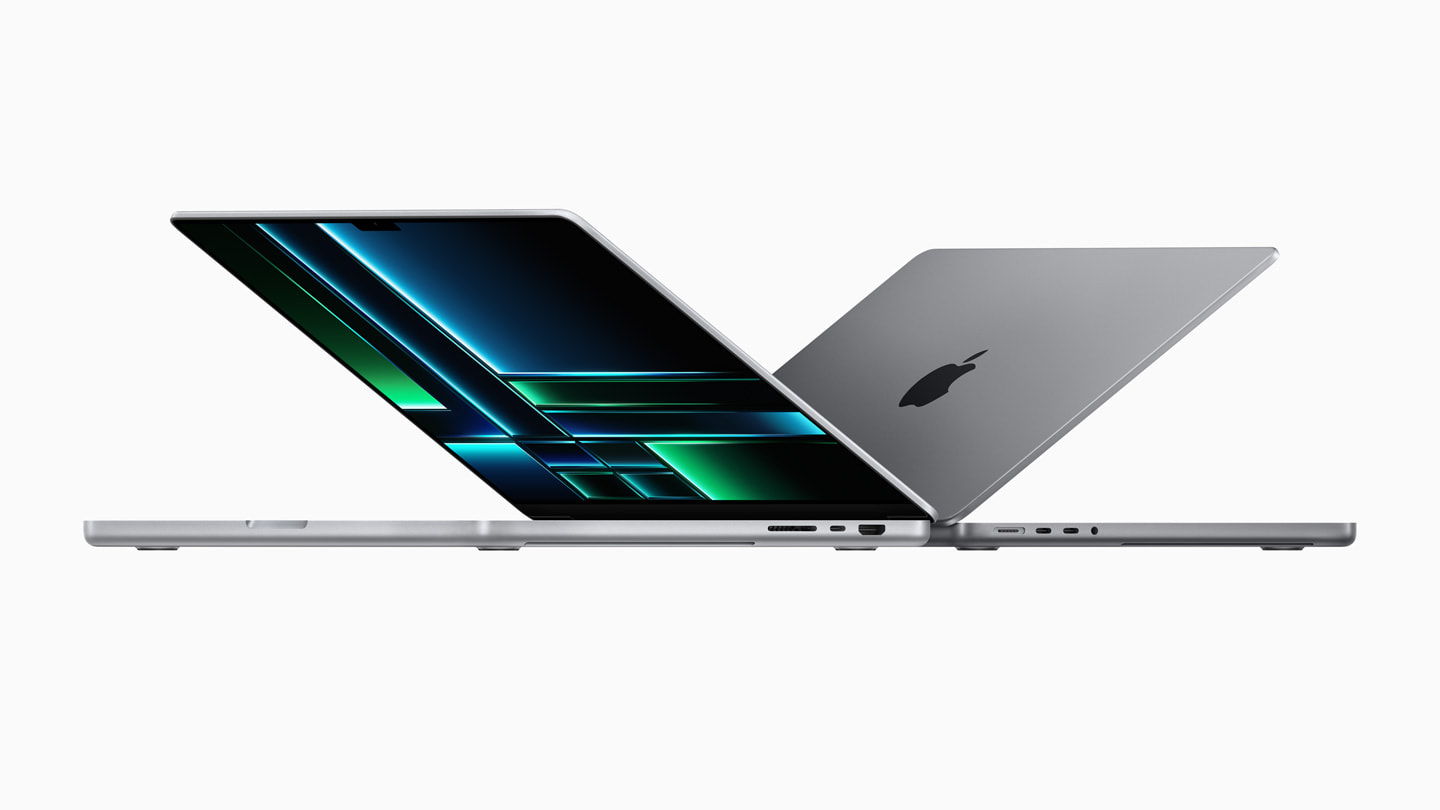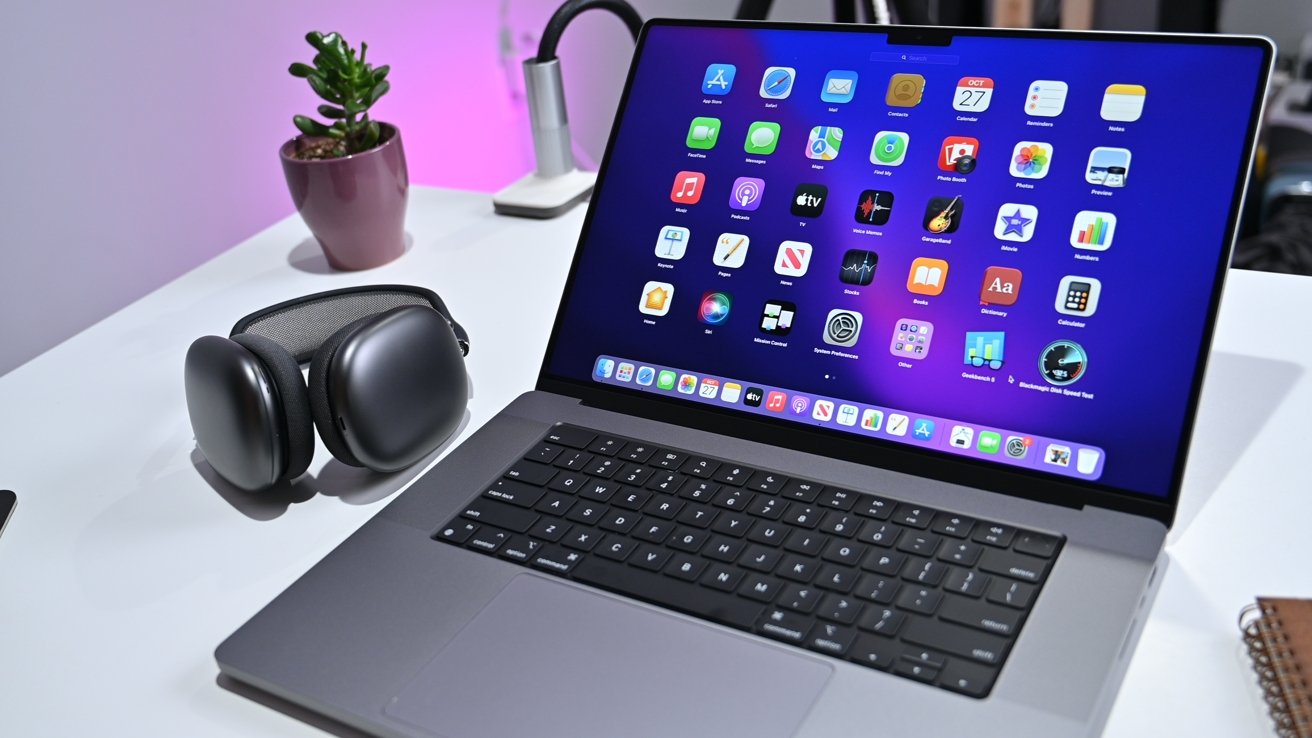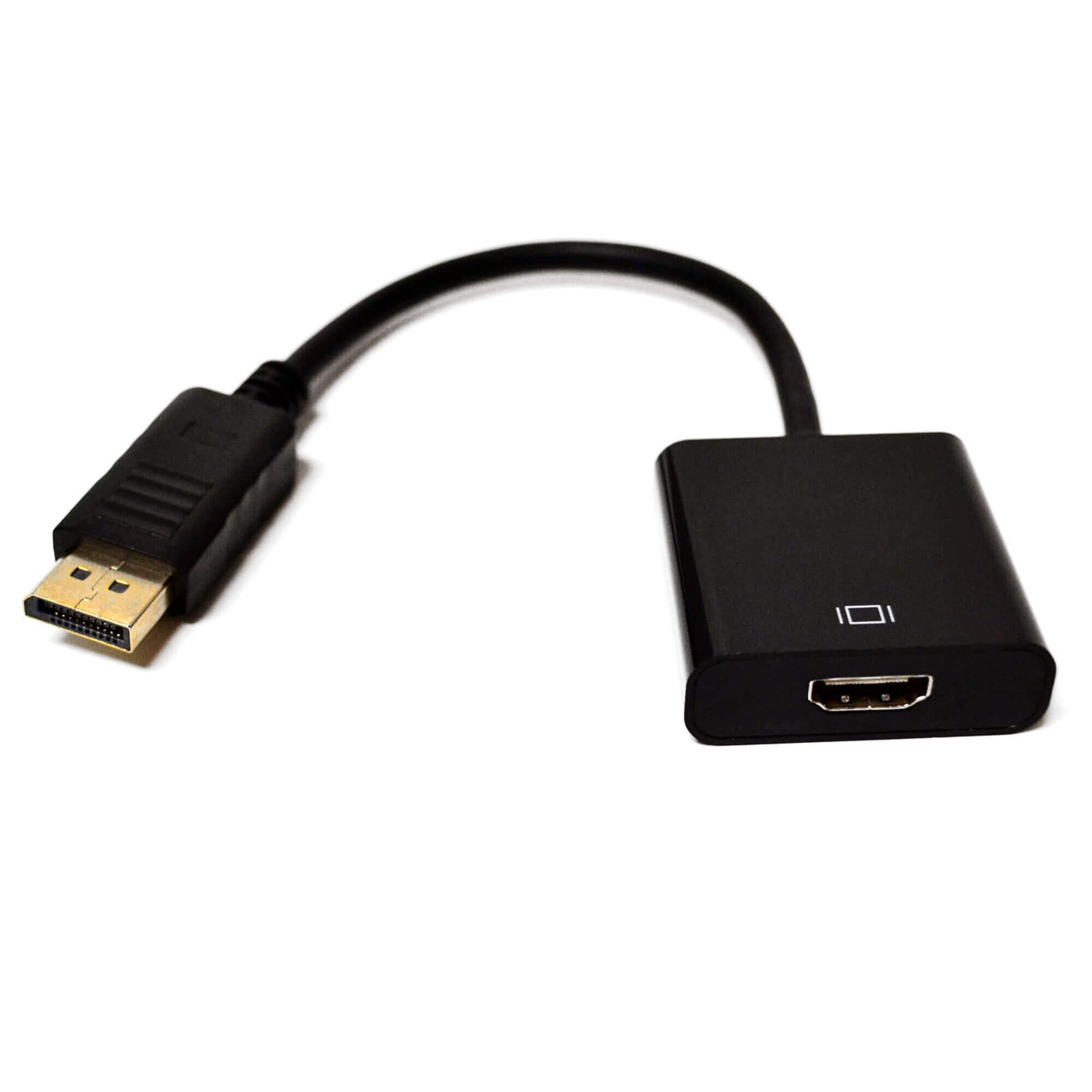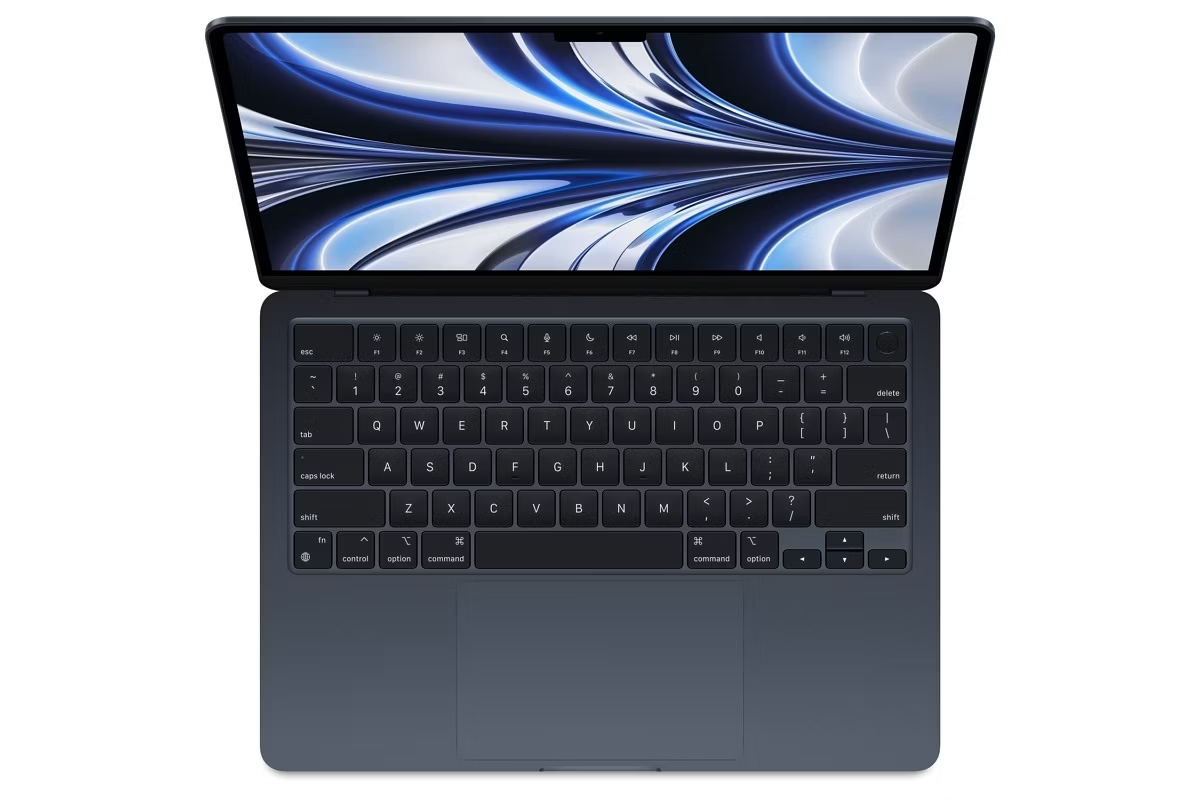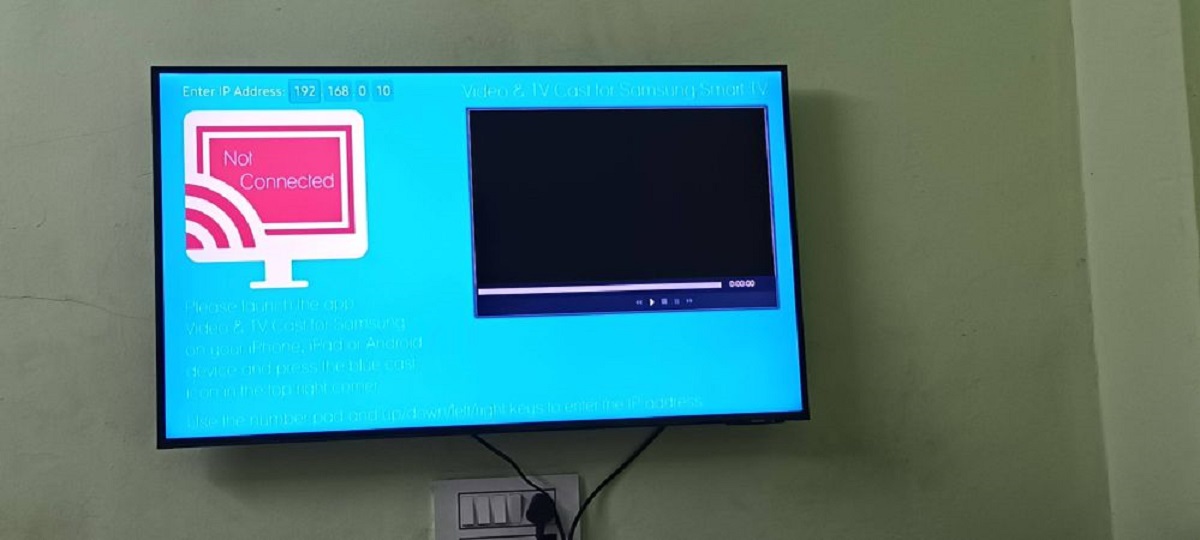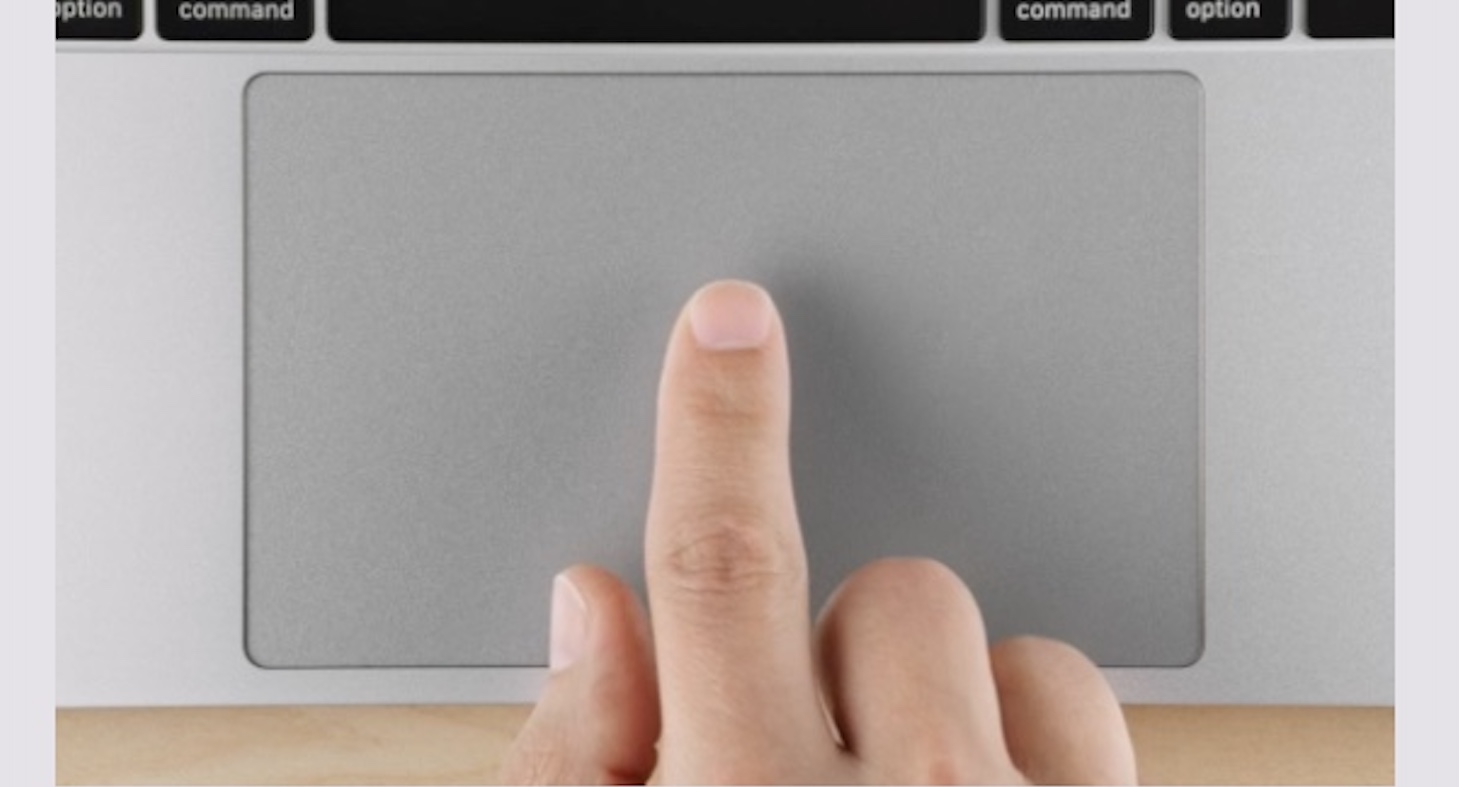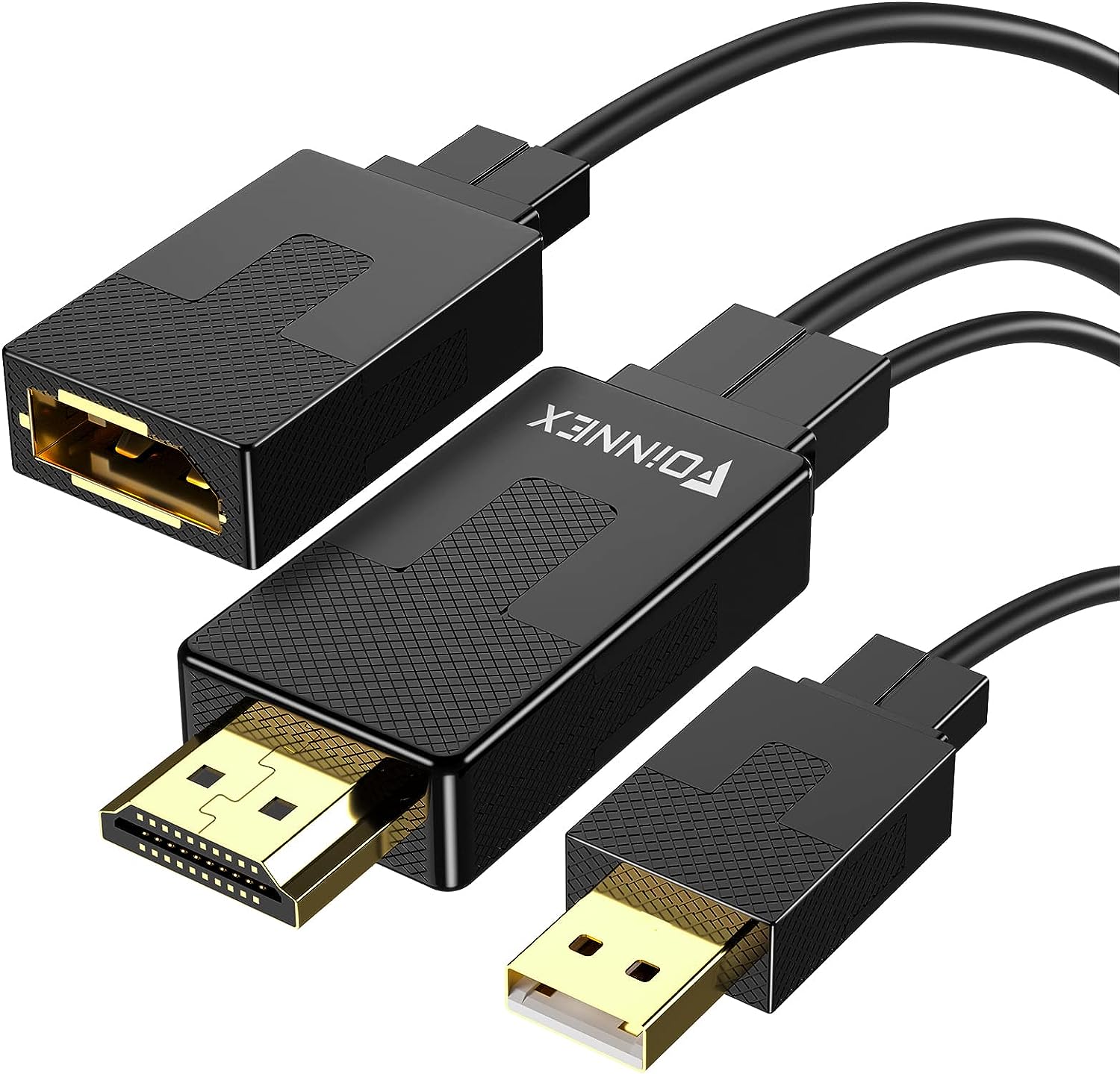Introduction
Apple is known for its innovative products and cutting-edge technology, but one area where the company has been noticeably absent is the gaming laptop market. While Apple has dominated other sectors such as smartphones and tablets, many wonder why they haven’t ventured into the world of gaming laptops. In this article, we will explore the reasons behind Apple’s decision to not produce a dedicated gaming laptop and delve into the factors that have influenced their strategic direction.
Gaming laptops have gained significant popularity in recent years, with gamers seeking powerful and portable devices that can handle demanding gaming applications. Companies like ASUS, MSI, and Razer have emerged as key players in this market, offering high-performance laptops tailored specifically for gaming enthusiasts. However, Apple has remained focused on their MacBook line, which primarily caters to professionals and creative individuals.
This begs the question: why hasn’t Apple capitalized on the gaming laptop market? The answer lies in a combination of factors, including the perceived lack of market demand, Apple’s focus on mobile and tablet gaming platforms, hardware limitations, and their distinct design philosophy. By examining these aspects, we can gain a better understanding of the rationale behind Apple’s approach to gaming laptops.
Lack of Market Demand
One of the primary reasons Apple has chosen not to produce a gaming laptop is the perceived lack of market demand. While gaming laptops are popular among a dedicated segment of gamers, it is not a mass-market product. Apple has always been cautious about entering niche markets and prefers to focus on broader consumer segments.
Apple’s market research may have indicated that the gaming laptop market is not substantial enough to warrant the investment and resources required to develop a competitive product. Gaming laptops are typically more expensive than regular laptops due to their specialized components and advanced features. Apple may have determined that the potential profits from this market segment do not justify the potential risks and uncertainties.
Additionally, Apple has successfully positioned itself as a brand that celebrates simplicity and ease of use. The gaming laptop market, on the other hand, is known for its complex specifications, customizability, and intense hardware requirements. These factors may not align with Apple’s brand identity and their commitment to delivering an intuitive user experience across all their products.
Moreover, it’s worth noting that Apple already enjoys a strong presence in the gaming industry through its mobile devices, particularly the iPhone and iPad. These devices have gained immense popularity as gaming platforms, with a vast library of games available on the App Store. By focusing on mobile gaming, Apple can tap into a much larger market and cater to a wider range of consumers.
Ultimately, the decision not to produce a gaming laptop can be attributed to Apple’s strategic approach of prioritizing consumer demand, market viability, and brand consistency. While there may be a niche market for gaming laptops, it seems that Apple has chosen to invest their resources in areas that align more closely with their overall business strategy.
Focus on Mobile and Tablet Gaming
Apple’s decision to focus on mobile and tablet gaming, rather than investing in a dedicated gaming laptop, stems from the incredible popularity and success of their iOS devices such as the iPhone and iPad. These devices have become synonymous with casual gaming, with millions of users downloading and playing games from the App Store.
The App Store offers a wide selection of games, ranging from simple puzzle games to immersive multiplayer experiences. With Apple’s strict quality control and curated approach, users have confidence in the games available on their devices. This has led to a loyal and engaged gaming community that actively supports the iOS gaming ecosystem.
By putting their resources into mobile and tablet gaming, Apple can leverage the massive user base of their iOS devices and provide an enjoyable and accessible gaming experience to a broader audience. The convenience of gaming on a portable device that you already carry with you is a significant advantage. Apple understands that the future of gaming is increasingly mobile-focused, and they aim to position themselves at the forefront of this trend.
Furthermore, Apple has developed powerful hardware and software optimizations specifically tailored for mobile gaming. Their A-series chips, found in iPhones and iPads, are renowned for their performance and efficiency, allowing for smooth gameplay and visually stunning graphics. Additionally, technologies like Metal and ARKit further enhance the gaming experience on iOS devices, pushing the boundaries of mobile gaming capabilities.
Apple’s commitment to mobile and tablet gaming is evident in their regular updates and improvements to their gaming ecosystem. They continue to introduce new features and technologies that enhance gameplay, foster community engagement, and support developers in creating innovative gaming experiences. This strategic focus has allowed Apple to establish a strong presence in the gaming market and solidify their position as a leading gaming platform.
Hardware Limitations
While Apple’s MacBooks are renowned for their sleek design and powerful performance, they face certain hardware limitations that make them less suitable for gaming compared to dedicated gaming laptops. One significant limitation is the graphics processing unit (GPU). MacBooks typically come with integrated graphics or lower-end dedicated GPUs, which may struggle to handle graphically demanding games.
Gaming laptops, on the other hand, are equipped with high-performance GPUs that are specifically designed for intensive gaming applications. These dedicated GPUs offer superior graphics capabilities, allowing gamers to enjoy a more immersive and visually stunning gaming experience. Apple’s focus on energy efficiency and thermal management in their MacBook designs may limit the inclusion of high-end gaming GPUs.
Another hardware limitation to consider is the lack of upgradeability in MacBooks. Gaming laptops often offer the flexibility to upgrade components such as RAM and storage, allowing gamers to keep their laptops up to date with the latest hardware advancements. In contrast, MacBooks are more streamlined and do not prioritize user-accessible upgrade options, making it difficult for gamers to optimize their laptops for gaming performance.
It’s also worth noting that gaming laptops often feature larger screens and higher refresh rates. While Apple’s Retina displays offer excellent image quality, they are typically limited to a maximum refresh rate of 60Hz. Dedicated gaming laptops commonly offer higher refresh rates, such as 120Hz or even 240Hz, providing smoother motion and reducing input lag, which is crucial for competitive gaming.
The hardware limitations of MacBooks make them better suited for tasks such as content creation, programming, and design work, where their processing power and software optimization excel. While gaming on a MacBook is still possible, it may not provide the same level of performance and experience as a dedicated gaming laptop due to these hardware limitations.
Different Design Philosophy
Apple has always been known for its commitment to sleek and minimalist design, and this philosophy extends to their MacBook lineup. Their laptops embrace an elegant and thin form factor, emphasizing portability and aesthetics. However, when it comes to gaming laptops, design priorities often shift towards robust cooling systems, customizable RGB lighting, and bolder, gaming-inspired aesthetics.
Gamers often look for laptops with aggressive designs, featuring angular edges, colorful LED lighting, and bold branding. While some gamers may appreciate Apple’s minimalist approach, others may find it less appealing when compared to the edgier and more distinctive designs of gaming laptops offered by competitors.
Additionally, the focus on portability and slimness in Apple’s designs may limit the inclusion of additional ports and connectivity options that gamers often seek. Gaming laptops often feature an array of ports, including multiple USB ports, HDMI, Ethernet, and SD card readers, to accommodate peripherals and external devices. Apple’s commitment to a streamlined design may sacrifice some of these connectivity options, which are crucial for gaming enthusiasts.
Another aspect of Apple’s design philosophy that differs from gaming laptops is their emphasis on noise reduction. MacBook models strive for whisper-quiet operation, employing efficient cooling systems and optimized thermal management to minimize fan noise. In contrast, gaming laptops prioritize cooling performance and utilize larger fans and heat sinks to dissipate heat generated by demanding gaming sessions. As a result, gaming laptops may produce more fan noise compared to MacBooks during intense gaming sessions.
While Apple’s design philosophy has its advantages and appeals to a wide range of users, it may not align with the preferences and expectations of the gaming community. Apple’s commitment to delivering a sleek and minimalistic design has resulted in laptops that excel in other areas but may not meet the specific needs and desires of gamers who prioritize gaming-centric designs and features.
Gaming on MacBooks
Although Apple doesn’t produce dedicated gaming laptops, it doesn’t mean that gaming on a MacBook is entirely impossible. MacBooks are still capable of running a wide range of games, particularly those available on the Mac App Store and through third-party platforms such as Steam.
Many indie and casual games are optimized for macOS and can be enjoyed on a MacBook without any issues. These games typically have lower system requirements and can run smoothly on the integrated graphics found in most MacBooks. Popular titles like Stardew Valley, Among Us, and Minecraft have gained a significant following among MacBook users.
Additionally, Apple’s efforts to support game developers have resulted in a growing number of games that are natively compatible with macOS. Major game developers and studios have released macOS versions of their popular titles, bringing a diverse selection of games to MacBook users.
Another option for gaming on MacBooks is through cloud gaming services. Services like Nvidia GeForce Now and Google Stadia allow MacBook users to stream games from powerful remote servers, eliminating the need for high-end hardware on the user’s end. This method opens up a vast library of games that can be played on a MacBook, as long as there is a stable internet connection.
However, it’s important to note that MacBook hardware limitations, such as lower-end GPUs and limited upgradeability, may result in performance constraints when playing graphically demanding games. Users may need to adjust graphics settings to achieve a balance between performance and visual quality. Furthermore, MacBook thermal considerations may require monitoring and managing heat during extended gaming sessions.
Overall, while gaming on a MacBook may not offer the same level of performance and versatility as dedicated gaming laptops, there are still plenty of gaming options available for MacBook users. Whether it’s through Mac-compatible games or cloud gaming services, MacBook owners can still enjoy gaming experiences, albeit with some limitations and considerations.
External Gaming Options
For those looking to enhance their gaming experience on a MacBook, there are external options available that can provide additional performance and gaming capabilities. These external options can help bridge the gap between the hardware limitations of MacBooks and the requirements of graphically intensive games.
One popular external option is to connect an external graphics card (eGPU) to a MacBook. An eGPU is an enclosure that houses a high-performance graphics card that can be connected to a MacBook via Thunderbolt 3. This allows MacBook users to leverage the power of a dedicated GPU when gaming, significantly improving graphics performance and enabling the playability of demanding titles.
Another option is to use a gaming console or a dedicated gaming PC in conjunction with a MacBook. Many gaming enthusiasts own both a console, such as a PlayStation or Xbox, and a MacBook for other purposes. By utilizing the gaming console or gaming PC to play graphically demanding games, users can enjoy a more immersive gaming experience while still benefiting from the MacBook’s portability and other features.
Furthermore, there are numerous accessories available that can enhance the gaming experience on a MacBook. These include external gaming controllers, gaming mice, and gaming keyboards. These accessories can provide a more tactile and responsive gaming experience, especially for games that require precise control inputs.
Streaming services such as Twitch and YouTube Gaming also provide opportunities for MacBook users to engage with the gaming community and share their gameplay experiences. MacBook users can connect external cameras and microphones to improve the quality of their streams and broadcasts, allowing them to interact with viewers and showcase their gaming skills.
It’s important to note that while these external gaming options can enhance the MacBook gaming experience, they may involve additional costs and require some technical know-how to set up and optimize. Users should ensure compatibility between their MacBook, external devices, and software requirements before investing in external gaming options.
In summary, external gaming options provide MacBook users with the opportunity to overcome hardware limitations and enhance their gaming experience. Whether through eGPUs, gaming consoles, or accessories, MacBook users can optimize their setup to enjoy a more immersive and performance-enhanced gaming experience.
Conclusion
While Apple continues to dominate in the world of smartphones and tablets, the absence of a dedicated gaming laptop has raised questions among consumers and gaming enthusiasts. Through an examination of various factors, it becomes clear why Apple has chosen not to produce a gaming laptop.
The lack of market demand, Apple’s focus on mobile and tablet gaming platforms, hardware limitations, and different design philosophy all contribute to their decision. Apple prioritizes broader consumer segments and user-friendly experiences, which may not align with the specialized needs and preferences of the gaming community. Additionally, Apple’s MacBook lineup, while not specifically designed for gaming, still offers opportunities to enjoy games through Mac-compatible titles and cloud gaming services.
For those who are looking for a more robust gaming experience on a MacBook, external options such as eGPUs, gaming consoles, and accessories can provide enhanced performance and gaming capabilities.
In conclusion, Apple’s decision to not produce a gaming laptop is a strategic one that aligns with their focus on broader consumer appeal and their commitment to delivering sleek design and intuitive user experiences. While gamers may seek specialized gaming laptops, MacBook owners still have options to enjoy gaming through alternative means and external enhancements. As technology continues to evolve, it remains to be seen whether Apple will choose to enter the gaming laptop market in the future or further expand its gaming offerings on existing platforms.







